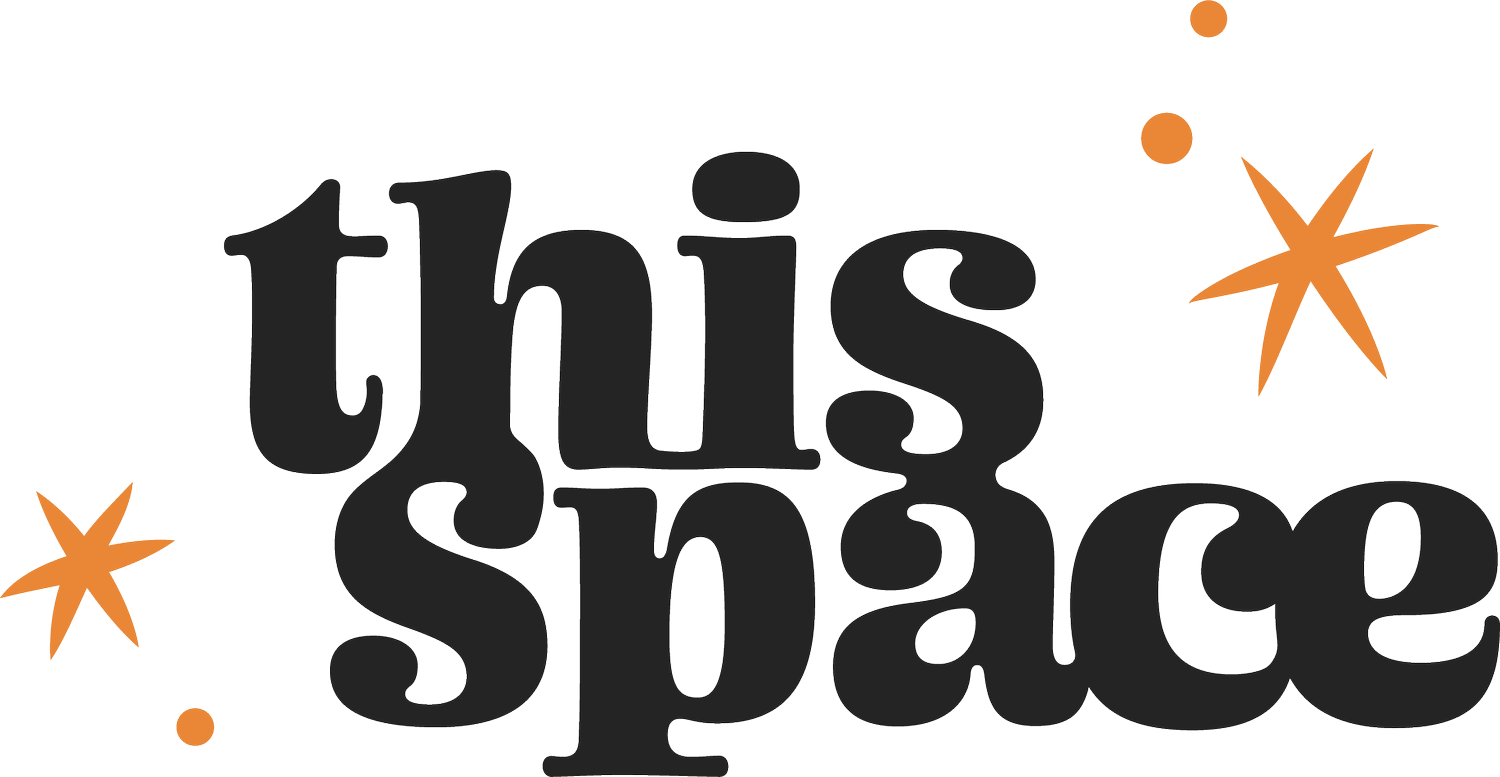
ANNOUNCING:
THE DROP IN
It’s happening! We have signed a lease!
Standby for more information regarding our first drop in space where we can deliver our services in person while also expanding our offerings to meet the growing needs of our community.
For queer and/or IBPOC individuals, accessing support often feels non affirming and/or unsafe. It's essential to create spaces intentionally designed by and for these communities—spaces that prioritize their unique needs and ensure safety, inclusivity, and empowerment.
HELP US FURNISH THE SPACE:
Help us furnish the space using our AMAZON WISH LIST, WAYFAIR WISHLIST or donating items to us.
The Statistics
LGBTQ youth are more than four times as likely to attempt suicide than their peers (Johns et al., 2019; Johns et al., 2020)
The Trevor Project’s 2021 National Survey on LGBTQ Youth Mental Health found that 42% of LGBTQ youth seriously considered attempting suicide in the past year, including more than half of transgender and nonbinary youth.
“Sexual and gender diverse communities in British Columbia experience significant health disparities when compared to the general population. These disparities are rooted in long-standing social and cultural issues that have served to disadvantage these communities and perpetuate stigma and discrimination” (HEC, pg. 2, 2019).
In Plain Site released in BC, “84% of Indigenous peoples described personal experiences of racism and discrimination that discouraged them from seeking necessary care and that reduced access to care, negatively affecting their health. These outcomes reinforce stereotypes and perpetuate the cycle of inequity”.
The Trevor Project’s research has found that queer youth of colour were 2.5 times more likely to report a suicide attempt in the past year (33%) compared to their LGBTQ peers (14%).
